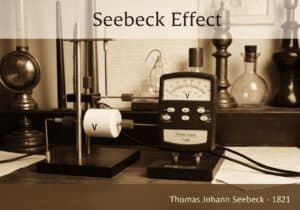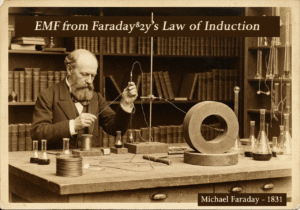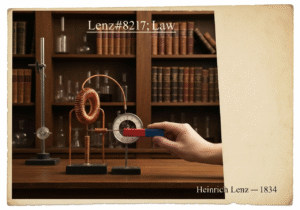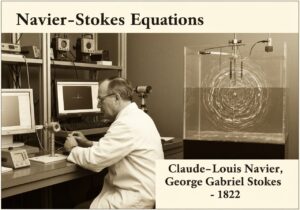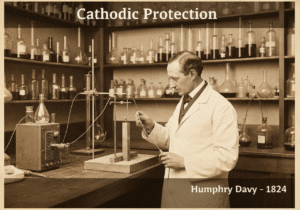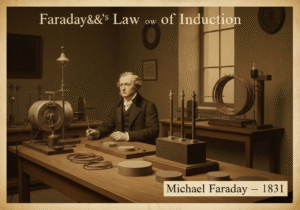Ohm’s law states that the electric current flowing through a conductor is directly proportional to the voltage across it and inversely proportional to its resistance. This fundamental relationship in DC circuits is expressed by the equation [latex]I = \frac{V}{R}[/latex], where I is the current in amperes, V is the potential difference in volts, and R is the resistance in ohms.
Ohm’s Law
- Georg Ohm
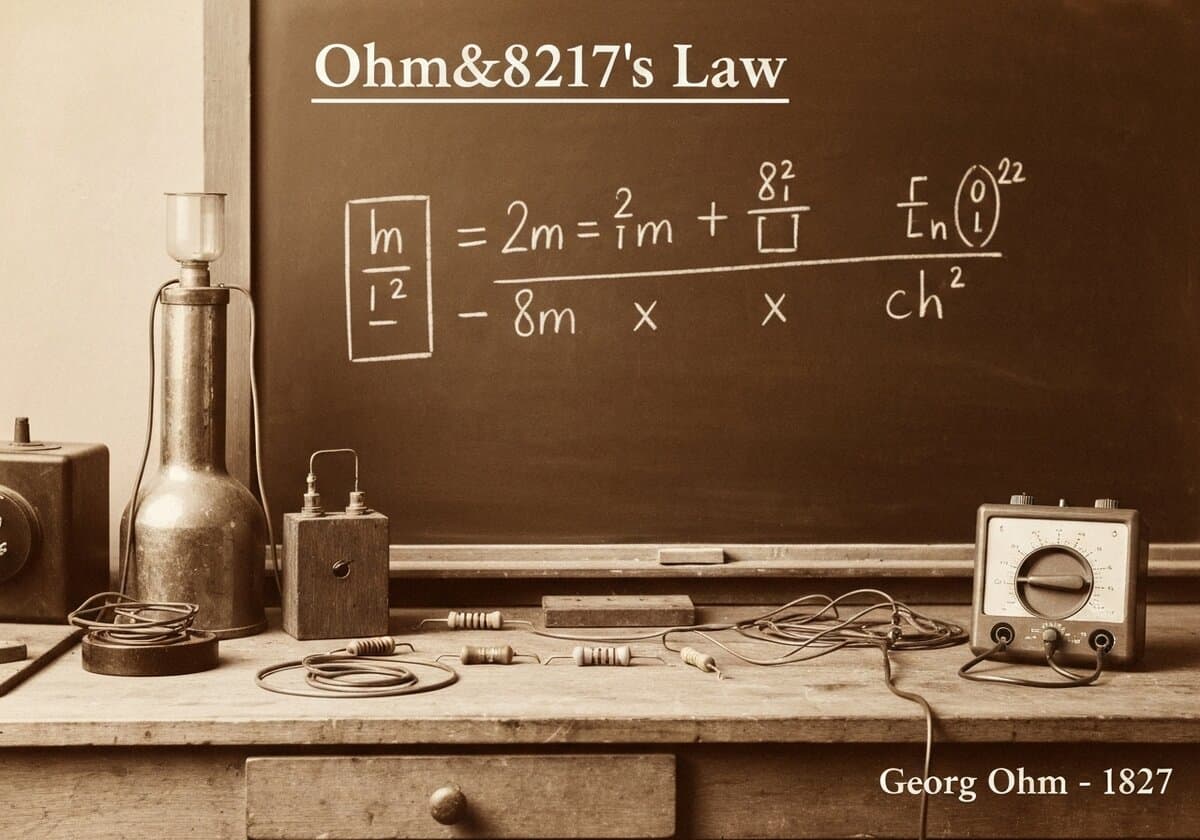
Georg Ohm’s discovery was initially met with skepticism but became a cornerstone of electrical circuit theory. The law describes the behavior of materials known as ‘ohmic’ conductors, where the resistance ‘R’ remains constant regardless of the applied voltage ‘V’ or the resulting current ‘I’, provided that physical conditions like temperature are unchanged. The relationship is linear, meaning if you double the voltage, you double the current.
This simple formula is incredibly powerful for analyzing direct current (DC) circuits. For instance, if a 12-volt battery is connected across a resistor with a resistance of 4 ohms, the current flowing through the resistor can be calculated as [latex]I = 12V / 4\Omega = 3A[/latex]. This principle allows engineers to control and predict the behavior of electricity in a vast range of applications, from simple flashlights to complex electronic systems. It’s important to note that Ohm’s law in this scalar form is an empirical law and an idealization; it does not hold true for all materials and conditions, particularly for semiconductor devices or at extreme temperatures.
Type
Perturbation
Utilisation
Précurseurs
- Alessandro Volta’s invention of the voltaic pile (a reliable dc voltage source)
- André-Marie Ampère’s formulation of laws governing the relationship between electric currents
- Joseph Fourier’s mathematical analysis of heat conduction, which provided a theoretical model for Ohm’s work
Applications
- basic electrical circuit design and analysis
- calculating voltage drops in wiring
- resistor selection for current limiting (e.g., for leds)
- sizing of fuses and circuit breakers
- potentiometer and voltage divider design
Brevets :
Innovations potentielles Idées
!niveaux !!! Adhésion obligatoire
Vous devez être membre de l'association pour accéder à ce contenu.
DISPONIBLE POUR DE NOUVEAUX DÉFIS
Ingénieur mécanique, chef de projet, ingénierie des procédés ou R&D
Disponible pour un nouveau défi dans un court délai.
Contactez-moi sur LinkedIn
Intégration électronique métal-plastique, Conception à coût réduit, BPF, Ergonomie, Appareils et consommables de volume moyen à élevé, Production allégée, Secteurs réglementés, CE et FDA, CAO, Solidworks, Lean Sigma Black Belt, ISO 13485 médical
Nous recherchons un nouveau sponsor
Votre entreprise ou institution est dans le domaine de la technique, de la science ou de la recherche ?
> envoyez-nous un message <
Recevez tous les nouveaux articles
Gratuit, pas de spam, email non distribué ni revendu
ou vous pouvez obtenir votre adhésion complète - gratuitement - pour accéder à tout le contenu restreint >ici<
Contexte historique
Ohm’s Law
(si la date est inconnue ou n'est pas pertinente, par exemple "mécanique des fluides", une estimation arrondie de son émergence notable est fournie)
Invention, innovation et principes techniques connexes

